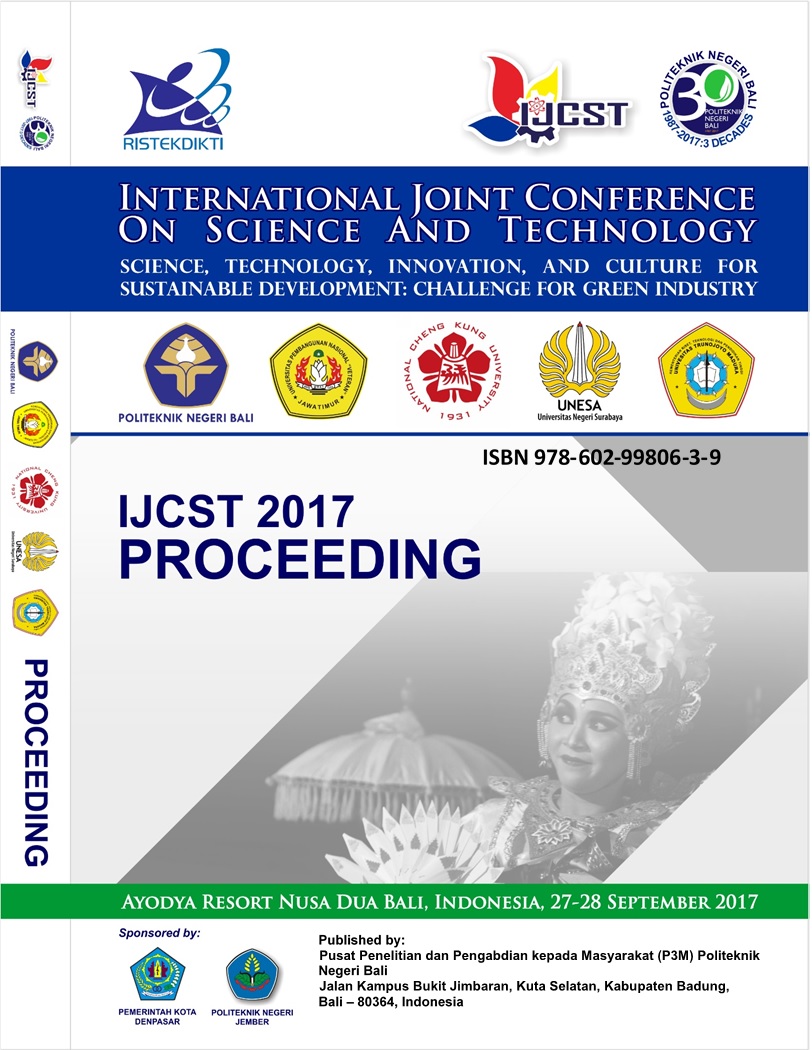Analysis of the effect of initial moisture content variation on organic waste characteristics using biodrying process
Abstract
The use of solid waste as an alternative energy can be a solution in demanding for environmental sound energy. However, this is limited by its high moisture content, especially in organic waste. This high moisture content decreases the heat value of the waste. Biodrying is a method of utilizing microbial activities assisted by air injection to decrease the moisture content. This study discussed the effects of wastes’ initial moisture content on biodrying process. Food waste and garden waste were used as feedstock. This experiment used 3 reactors with volume of 168 dm3. The initial moisture content of each reactors were varied into 51,07, 63,96, and 71,06 (%wt/w), and the air flow rate were 10 L/min.kg. After 21 days, it was shown that moisture among 3 reactors were significantly different with final moisture content were 21,92, 29,12 and 38,38 (%wt/w) while the volatile solids were identic. Also, FAS and heat value increased while C:N ratio decreased after the process. Different initial moisture content caused different duration of time needed to dry the organic waste until the moisture reaches <20% to use as an RDF. Reactor 1 took 22 days, reactor 2 took 25 days, and reactor 3 took 27 days


